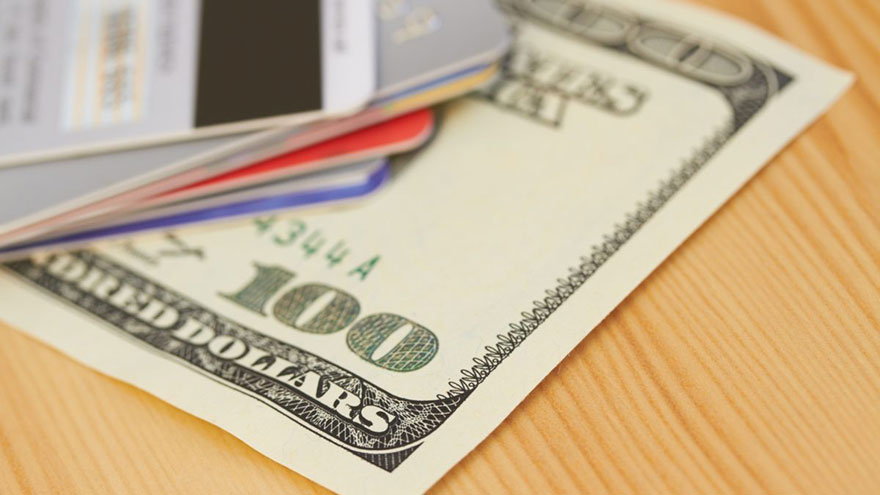How to Purchase Savings Bonds With a Credit Card
Using a credit card to buy savings bonds is as simple as any other balance transfer using your card. However, many credit card companies have rules against using money from your card for this purpose.
It’s not illegal, but your credit card user contract may give your company the right to charge high interest or exact penalties against you if it catches you doing this.
4 Steps to Purchase Savings Bonds With a Credit Card

1. Review your user contract carefully.
Confirm that your contract does not forbid you from using cash advances from your credit card for investment purposes. Also check the fine print regarding interest rates for cash advances.
Unless used specifically to pay off the balance of a different loan, many credit cards charge higher interest for cash advances.
2. Carefully review the terms of your credit card interest against the terms of the savings bond.
Most savings bonds offer an interest rate far below the usual interest rate of a credit card. The introductory interest offer you may be using to make a profit off the bond will most likely have a limited period of effect.
Confirm that you can access enough money to pay off the cash advance before high interest rates come into effect.
3. Deposit a cash advance from your credit card into your checking account.
In some cases, this will be an electronic transfer done either online or by phone with a customer service representative. In other cases, you’ll write out a card company-issued convenience check to make the deposit.
4. Buy the savings bond by writing a check from your regular bank account.
At this point, using your cash advance money works just like any other transaction.
Look carefully at all the numbers. Most credit cards have strict rules governing the low interest deals that would make a savings bond worth buying on credit. If you break those rules, you’ll be stuck paying a high interest rate while the money remains locked in the savings bond.
You Might Also Like :: Types of Retirement Bonds

